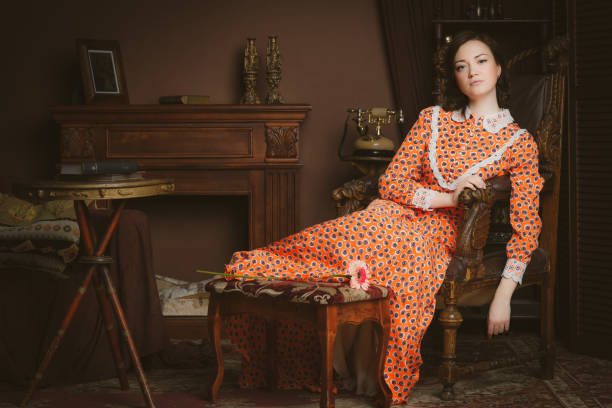The 1960s was a decade of unparalleled social and cultural transformation, and its fashion—particularly women’s dresses—mirrored this dynamic shift. From the elegant sophistication of the early 60s to the bold, liberated styles of the late 60s, 60s style dresses have left an indelible mark on fashion history. Today, these iconic dresses are experiencing a resurgence, captivating a new generation with their timeless appeal and versatility. This article explores the evolution of 60s style dresses, their key characteristics, the reasons behind their retro trend status, and where you can find them today.
The Evolution of 60s Style Dresses
The 1960s marked a significant turning point in fashion, particularly for women’s dresses. The decade began with the influence of First Lady Jackie Kennedy, whose tailored suits, shift dresses, and pillbox hats epitomized elegance and sophistication. Her style, characterized by clean lines, pastel colors, and a refined yet simple silhouette, set the tone for early 60s fashion, as noted in Vogue’s fashion history lesson.
As the decade progressed, fashion became more daring and experimental. The mid-60s introduced the mini skirt, popularized by British designer Mary Quant, who opened her influential boutique, Bazaar, in 1955. This bold new hemline symbolized youth, freedom, and a break from traditional norms, as highlighted by the Fashion History Timeline. Shift dresses, with their straight, unfitted shape, became a staple, often featuring bold geometric patterns or vibrant solid colors. Designers like Yves Saint Laurent pushed boundaries with innovative designs, such as his Mondrian shift dresses, inspired by the artist Piet Mondrian.
By the late 60s, the hippie movement brought a more relaxed and bohemian aesthetic. Maxi dresses, tie-dye patterns, and floral prints dominated, reflecting the era’s countercultural ethos of peace and love. The late 60s also saw the rise of Space Age fashion, with futuristic designs by André Courrèges and Pierre Cardin, featuring silver vinyl, astronaut hats, and mid-calf boots, as described in Vogue’s 60s fashion recap.
| Period | Key Styles | Influential Figures |
|---|---|---|
| Early 60s | Swing dresses, pencil dresses, shift dresses | Jackie Kennedy, Doris Day |
| Mid 60s | Mini skirts, shift dresses, mod dresses | Mary Quant, Twiggy |
| Late 60s | Maxi dresses, hippie dresses, Space Age | Janis Joplin, André Courrèges |
Key Characteristics of 60s Style Dresses
60s style dresses are defined by several distinctive features that make them instantly recognizable, as outlined by Vintage Dancer:
- Silhouettes: A-line, shift, tent, tunic, and mini dresses were popular. The shift dress, in particular, became iconic for its simplicity and versatility, often paired with tights or boots. The mini dress, rising to mid-thigh, was a hallmark of the mod movement.
- Fabrics: The decade saw the rise of synthetic fabrics like polyester, acrylic, and PVC, which were affordable and easy to care for, as noted in Vogue’s 60s fashion article. Natural fabrics like cotton and wool were also used, especially for formal occasions.
- Colors: Early 60s dresses often featured pastel shades like baby pink, while mid-60s styles embraced bright, psychedelic colors such as sunny yellow, bright pink, and lime green. Late 60s dresses leaned towards earth tones like beige, olive green, and mustard yellow.
- Patterns: Floral, geometric, and psychedelic patterns were prevalent. Tie-dye and paisley prints became particularly associated with the hippie aesthetic, reflecting the counterculture’s influence.
- Accessories: Tights or pantyhose in various colors, low kitten heels, dressy flats, and white go-go boots were popular footwear choices. Mod jewelry, oversized sunglasses, and scarves added flair to outfits, as detailed in The Trend Spotter.
These characteristics not only defined the era but also continue to inspire modern interpretations of 60s fashion.
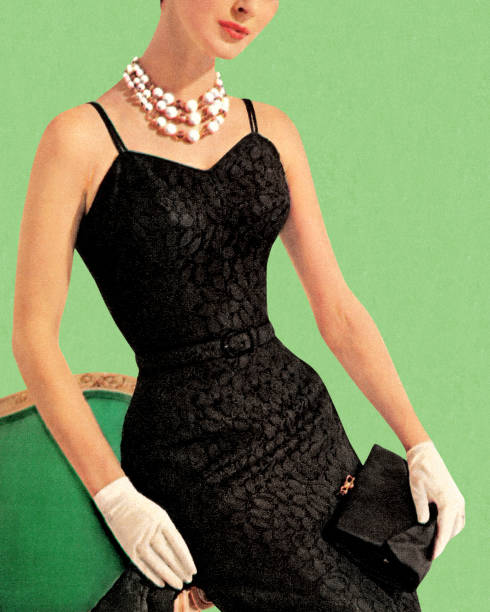
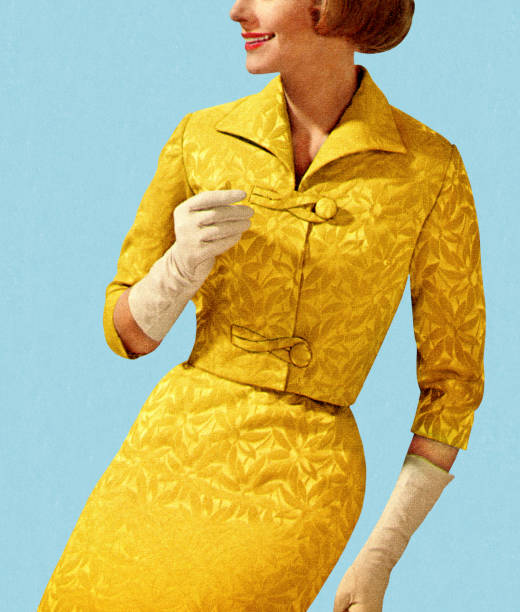
Influential Designers and Icons
Several designers and fashion icons played pivotal roles in shaping 60s style dresses:
- Mary Quant: Known as the queen of the mini skirt, Quant’s designs were youthful, fun, and accessible. Her boutique, Bazaar, became a hub for mod fashion, offering mix-and-match pieces for young women with disposable income, as noted in V&A’s introduction to 60s fashion.
- Yves Saint Laurent: His Mondrian shift dresses and Le Smoking tuxedo dress were groundbreaking, blending high fashion with wearable art. His safari collection in 1967 further expanded the 60s aesthetic.
- André Courrèges and Pierre Cardin: These designers embraced the Space Age aesthetic, creating futuristic dresses with bold cuts and innovative materials like PVC. Courrèges’ mid-calf boots and Cardin’s pinafore dresses are iconic examples.
- Hippie Fashion: While not attributed to specific designers, the hippie movement influenced dress styles with its emphasis on comfort, natural materials, and anti-establishment sentiments. Maxi dresses and floral prints became symbols of the era’s peace and love ethos.
Fashion icons like Audrey Hepburn, Twiggy, and Jane Birkin also played a significant role. Hepburn’s elegant shift dresses in Breakfast at Tiffany’s epitomized early 60s sophistication, while Twiggy’s mod mini dresses and bold eyeliner defined the mid-60s youthquake, as highlighted in Who What Wear’s 60s dress trends.
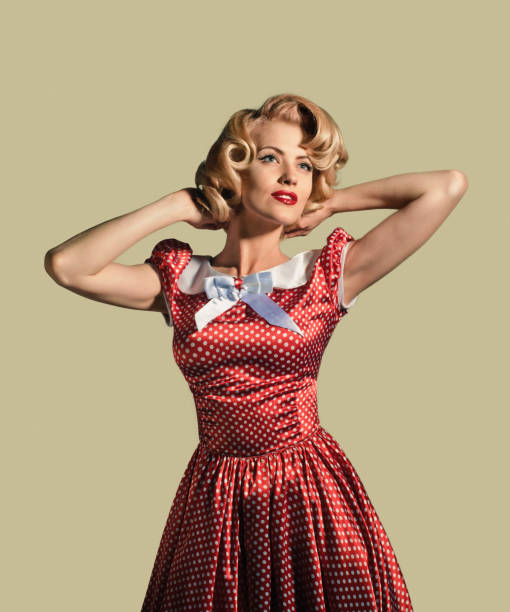
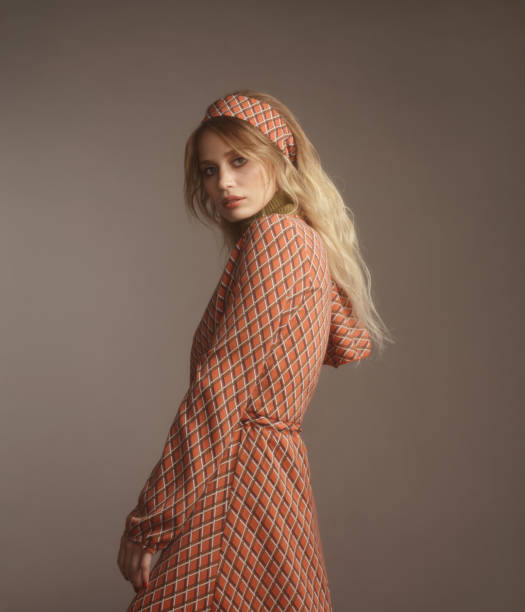
Why 60s Fashion Started a Retro Trend
The 1960s fashion revival can be attributed to several factors that make it a perennial source of inspiration:
- Cultural Phenomenon: The Swinging Sixties, centered in London, celebrated youth, music, and fashion. This era’s vibrancy and innovation, brought to life by figures like The Beatles, Mary Quant, and Twiggy, continue to captivate, as described in Fashion History Timeline.
- Youthquake: Coined by Diana Vreeland, editor of Vogue, the term “Youthquake” described the youth-driven fashion revolution. The 60s democratized fashion, making it more accessible and expressive, with boutiques like Bazaar and Biba leading the way.
- Historical Events: From the space race to civil rights movements, the 60s were a time of significant change, reflected in fashion. The mini skirt symbolized women’s liberation, while hippie fashion represented a rejection of mainstream values, as noted in Vogue’s 60s fashion lesson.
- Media Influence: Films, television shows, and music from the 60s have kept the era’s style alive. Icons like Audrey Hepburn, Twiggy, and Jane Birkin remain style muses, while shows like Mad Men and Call the Midwife have reignited interest in 60s fashion, as mentioned in Vintage Dancer.
- Cyclical Nature of Fashion: Fashion trends often revisit past decades, and the 60s, with its rich variety of styles—from mod to hippie—offers endless inspiration. The decade’s blend of elegance, innovation, and rebellion ensures its enduring appeal.
| Reason for Retro Trend | Details |
|---|---|
| Swinging London | Youth, music, and fashion hub; popularized by The Beatles, Twiggy, and Quant |
| Youthquake | Youth-driven fashion revolution; democratized fashion via boutiques |
| Historical Events | Space race, civil rights, and women’s liberation influenced bold designs |
| Media Influence | Films, TV shows, and music keep 60s style alive |
| Fashion Cycles | 60s versatility inspires modern designers |
Where to Find 60s Style Dresses Today
For those looking to incorporate 60s style dresses into their wardrobe, several options are available:
- Vintage Stores: Thrift stores, consignment shops, and online vintage retailers like Unique Vintage and Heart My Closet offer authentic 60s dresses. These pieces often retain the original charm and craftsmanship of the era.
- Modern Interpretations: Contemporary designers like Gucci, Tory Burch, and Sandy Liang have reimagined 60s styles for today’s fashionistas. For example, Gucci’s crystal-embellished dresses and Tory Burch’s mod layering pay homage to the decade’s iconic looks, as noted in Who What Wear’s 60s dress trends.
- DIY and Customization: For a unique touch, consider altering vintage pieces or creating your own 60s-inspired dresses. Many online tutorials offer guidance on recreating patterns like shift dresses or tie-dye maxis.
- Styling Tips: Pair mini dresses with knee-high boots or tights for a mod look. Maxi dresses can be styled with sandals and floral crowns for a boho vibe. Accessories like oversized sunglasses and bold jewelry can complete the retro aesthetic, as suggested by The Trend Spotter.
60s Dresses – A Fusion of Multi-Style Styles
60s-inspired dresses continue to turn heads with their blend of elegance, innovation and rebellion. From sleek and simple shift dresses to free-spirited maxi dresses, these pieces speak to a revolutionary decade. As fashion trends take us back to the 60s, we find that these dresses not only stand the test of time, but also provide a platform for individual expression. Whether you love the modern minimalism of the mid-60s or the psychedelic patterns of the late 60s, there is a 60s-inspired dress that fits the modern woman in you. Embrace the retro trend and let the swinging 60s style be the inspiration for your wardrobe today.
